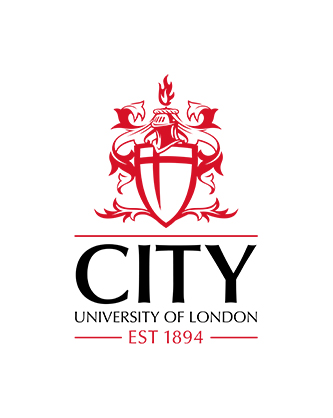European Stroke Organisation (ESO) guideline on aphasia rehabilitation
Brady, M. C., Mills, C., Prag Øra, H. , Novaes, N., Becker, F., Constantinidou, F., Flöel, A., Sunnerhagen, K. S., Isaksen, J., Jagoe, C., Jesus, L. M. T., Marangolo, P., Meinzer, M., van der Meulen, I., Campbell, P., Ho, L., Hussain, S. & Hilari, K.  ORCID: 0000-0003-2091-4849 (2025).
European Stroke Organisation (ESO) guideline on aphasia rehabilitation.
European Stroke Journal, 10(4),
pp. 1189-1220.
doi: 10.1177/23969873241311025
ORCID: 0000-0003-2091-4849 (2025).
European Stroke Organisation (ESO) guideline on aphasia rehabilitation.
European Stroke Journal, 10(4),
pp. 1189-1220.
doi: 10.1177/23969873241311025
Abstract
Evidence of effective aphasia rehabilitation is emerging, yet intervention and delivery varies widely. This European Stroke Organisation guideline adhered to the guideline development standard procedures and Grading of Recommendations, Assessment, Development and Evaluation (GRADE) methodology. The resulting multi-disciplinary, evidence-based recommendations support the delivery of high-quality stroke-related aphasia rehabilitation. The working group identified 10 clinically relevant aphasia rehabilitation questions and rated outcomes’ relevance and importance. Following systematic searching, independent reviewers screened title-abstracts and full-texts for randomised controlled trials of speech-language therapy (SLT) for stroke-related aphasia. Results were profiled using PRISMA. Risk-of-bias was evaluated using the Cochrane Risk-of-Bias 1 tool. We prioritised final-value data. Where possible we conducted meta-analyses (RevMan) using random effects and mean, standardised mean differences (functional communication, quality of life, aphasia severity, auditory comprehension and spoken language outcomes) or odds ratios (adverse events). Using GRADE, we judged quality of the evidence (high-to-very low) and ESO recommendation strength (very strong-to-very weak). Where evidence was insufficient to support recommendations, expert opinions were described. Based on low-quality evidence we recommend the provision of higher total SLT dose (⩾20 h) and suggest higher SLT intensity and frequency to improve outcomes in aphasia rehabilitation. Similarly, we suggest the provision of individually-tailored SLT and digital and group therapy delivery models. Very low-level evidence for transcranial direct current stimulation (tDCS) with SLT informed the expert consensus that such interventions should only be provided in the context of high-quality trials. Evidence-based clinical-research priorities to inform SLT aphasia rehabilitation intervention choice and delivery are highlighted.
| Publication Type: | Article |
|---|---|
| Additional Information: | © European Stroke Organisation 2025. This article is distributed under the terms of the Creative Commons Attribution-NonCommercial 4.0 License (https://creativecommons.org/licenses/by-nc/4.0/) which permits non-commercial use, reproduction and distribution of the work without further permission provided the original work is attributed as specified on the SAGE and Open Access page (https://us.sagepub.com/en-us/nam/open-access-at-sage). |
| Publisher Keywords: | Guideline, systematic review, meta-analysis, stroke, aphasia, speech and language therapy, brain stimulation |
| Subjects: | R Medicine > RC Internal medicine > RC0321 Neuroscience. Biological psychiatry. Neuropsychiatry |
| Departments: | School of Health & Medical Sciences School of Health & Medical Sciences > Department of Allied Health |
| SWORD Depositor: |
Available under License Creative Commons Attribution Non-commercial.
Download (4MB) | Preview
Export
Downloads
Downloads per month over past year


 Metadata
Metadata Metadata
Metadata